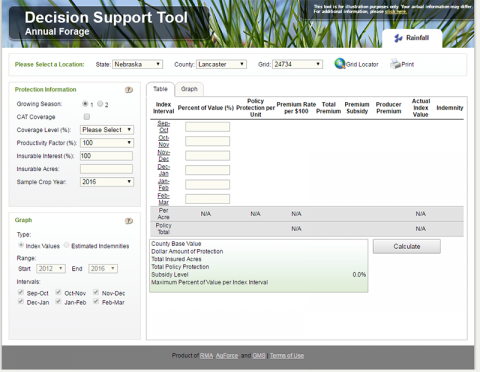Successfully Seeding Forages Into Wheat Stubble
The first and most important step of double-cropping forages after wheat harvest is establishing a good stand? So what’s the trick to getting good stands? Well maybe, it’s planting no-till immediately after combining the wheat.
July 15 Deadlines Approaching For Annual Forage Insurance
Fertilizing Cool-Season Pastures in May
Most pastures have good soil moisture from spring rains. Fertilizing now might help you take advantage of that moisture for increased grass growth.
Getting the Most Forage Value from Your CRP
With prior approval from your county FSA office, some Conservation Reserve Program (CRP) acres can now be periodically used as pasture or hay. If that is in your plans, take steps to make it work for you.
Take Advantage of Spring Moisture to Boost Pastures, Alfalfa
Most of us have more moisture in our soil profiles this spring than we’ve experienced in a long time. Following are some suggestions for how to take full advantage of this promising condition to better your pastures.
Consider Double Cropping Forages on Crop Ground
Can’t make money on your crop ground and need more pasture? Double cropping annual forages may be a better option.
